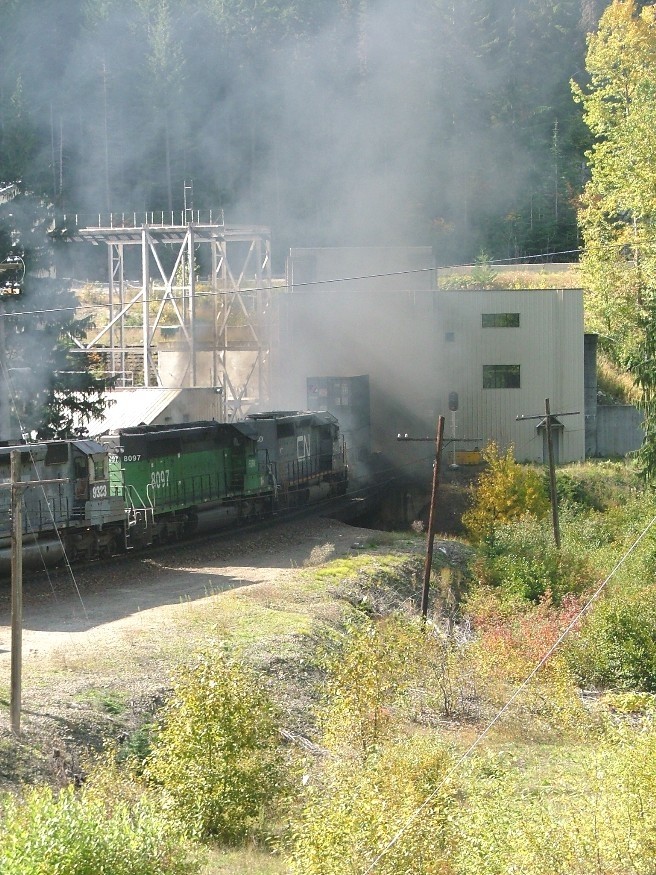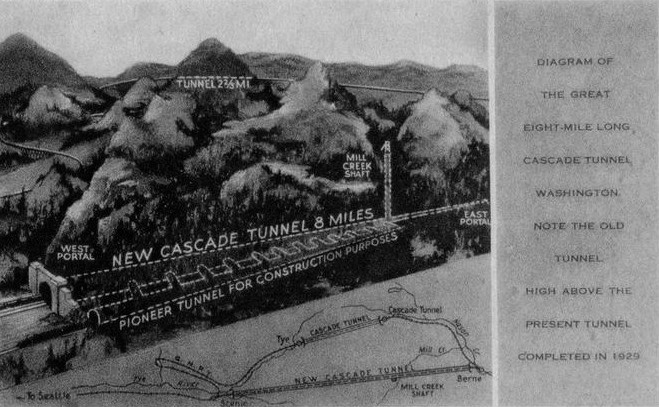Steve Featherkile said:
Not to put too fine a point on it, it was Sky to Wenatchee, in the old days. The Chumstick Cutoff bypassed Leavenworth and the Tumwater.
Why not Seattle to Wenatchee?
How long would it take to do a power swap, compared to increased utility of the Cascade Tunnel?
Just thinkin’…
Originally the helper district was from Sky to Leavenworth (old Cascade Tunnel), than after the new tunnel was built the district went to Wenatchee… So when I said Sky to Leavenworth I was talking about the original tunnel, not the new tunnel.
A power swap wouldn’t take much more than 30-40mins. But you’d have the cost of re electrifying the whole subdivision, acquiring new locomotives, etc. Overall you might save “time” but the “cost” would be much higher… And how are you going to get electricity to run the motors? Buy from BPA?
The much more practical thing in my mind would be to undercut the Stampede Tunnel for double stacks. Any train originating or terminating out of the Port of Tacoma could go through Stampede instead of Scenic. But then enlarging the Stampede Tunnel opens up a whole new can of worms that goes back to the MILW folding, and UP trackage rights… As Stampede has room to double track from Lester to Easton… All the bridges are double track width (not sure if they could hold the new modern weights of heavier trains with two on the bridge at once).






